AO Edited
Abandoned WWII Structures of Motutapu Island
A network of fortifications that never saw conflict.
On the small island of Motutapu, a complex of bunkers, tunnels, and observation posts stands abandoned, leftover from the 1940s and preparations for an invasion that never came.
In the language of New Zealand’s indigenous Māori people, the name Motutapu is derived from “Te Motu tapu a Taikehu,” the “sacred island of Taikehu” (a reference to a Māori ancestor). Located adjacent to the volcanic Rangitoto Island, it was a home and important site for centuries, and the Department of Conservation and the Motutapu Restoration Trust oversees a network of archaeological sites that date back to before an eruption that blanketed the island in ash 600 years ago.
After the Japanese appeared to be making it further and further south during WWII, the New Zealand government focused on it for another reason: its strategic placement in Auckland Harbour. Fearing a potential Japanese assault, the government spent millions of dollars to build fortifications along the coastlines throughout New Zealand. Motutapu’s strategic position, however, led to extensive defenses and the placement of some of the country’s most advanced artillery.
Today, many concrete structures remain nestled among the island’s national park and farmland. There are anti-aircraft gun emplacements, lookouts, communications and radar, and sleeping quarters. Dug into hills, some are signposted and indicated on maps, while others require a keen eye and adventure to find.
Know Before You Go
Be sure to respect the island's sacred status and pack out what you pack in. The island is also pest-free—the result of extensive ecological and conservation efforts—so follow regulations such as only bringing food in sealed containers.
When visiting the island, take the ferry from Auckland to Motutapu. This will take you to Home Bay, where the paths to the fortifications begin. Be sure to take navigation equipment and/or a map. A visit can be a day trip, or there are campsites that can can booked through New Zealand's Department of Conservation.

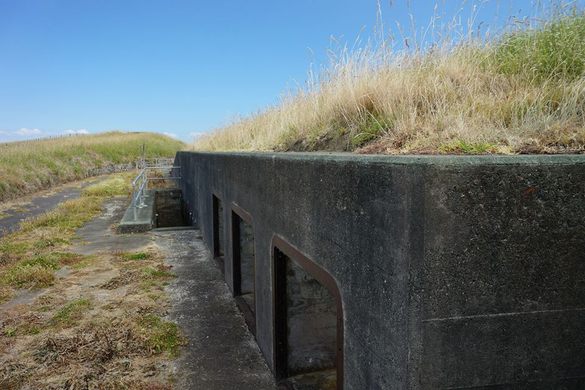

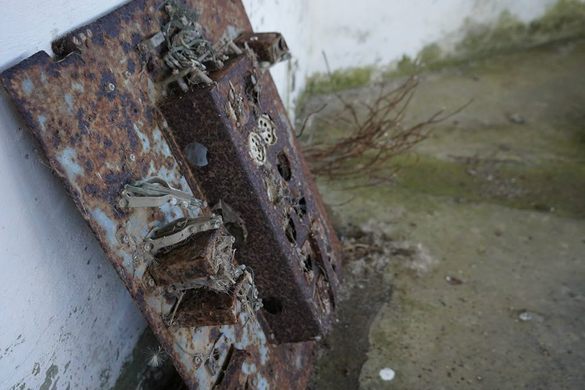





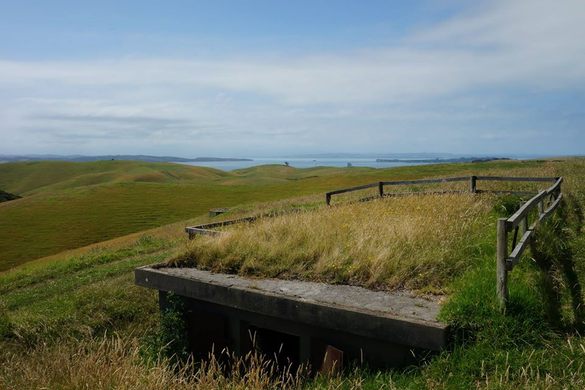








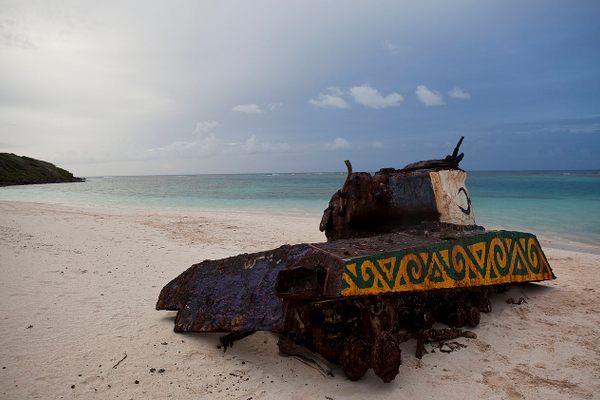
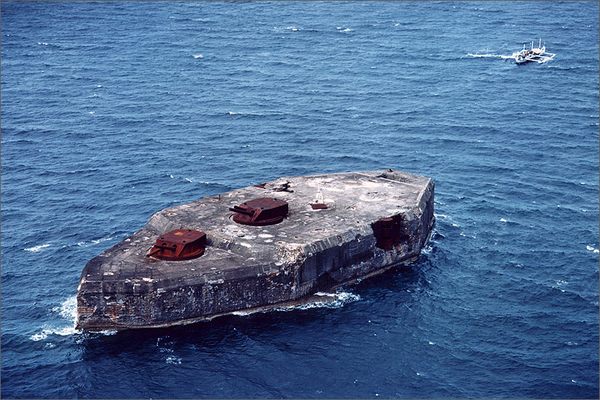


Follow us on Twitter to get the latest on the world's hidden wonders.
Like us on Facebook to get the latest on the world's hidden wonders.
Follow us on Twitter Like us on Facebook